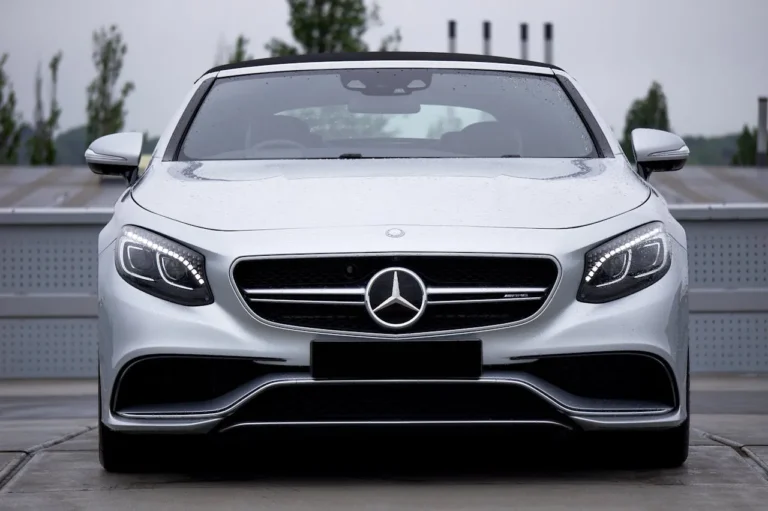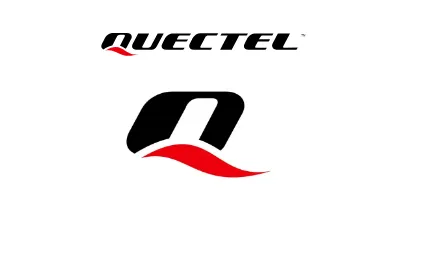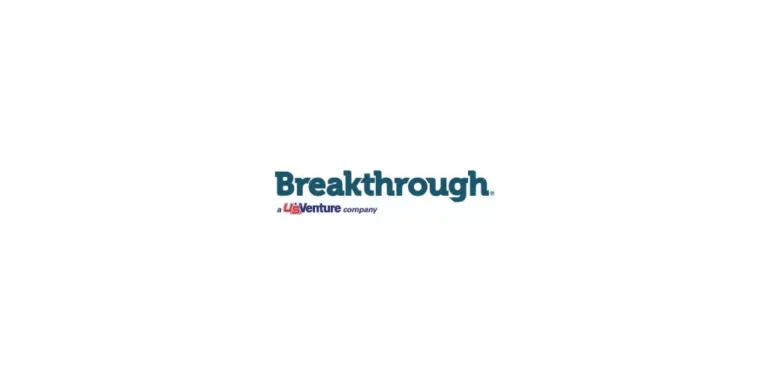
Auto Dealership Market Proves Resilient in 2025 Amid Tariff Uncertainty and Slowing Buy/Sell Activity
Despite the headwinds created by the Trump administration’s newly introduced tariffs and the resulting geopolitical tensions, the U.S. auto dealership market remains fundamentally strong in 2025. According to the recently released First Quarter 2025 Blue Sky Report by Kerrigan Advisors, the buy/sell market saw a measurable dip in activity, but underlying earnings strength, rising vehicle demand, and resilient dealership valuations continue to bolster optimism for the remainder of the year.
Buy/sell transaction volume fell 15% year-over-year in Q1 2025, with 94 completed transactions compared to 109 in the same period of 2024. While this decline marks a notable slowdown, especially amid volatile financial markets and global uncertainty, Kerrigan Advisors still projects that 2025 is on pace to record nearly 400 total transactions—well above pre-pandemic averages.
This tempered yet solid performance comes as auto dealerships posted their first quarterly earnings growth since 2022. With inventory levels still tight and vehicle margins holding steady, dealers have benefited from a high-margin environment similar to the early pandemic period. Meanwhile, the seasonally adjusted annualized rate of sales (SAAR) has remained strong, providing a favorable backdrop for both retail and service growth.
“Economic uncertainty has had some impact on the buy/sell market in the first quarter of 2025, but its fundamentals remain strong, and 2025 is shaping up to be another solid year for transactions,” said Erin Kerrigan, Founder and Managing Director of Kerrigan Advisors. “With dealership earnings on the rise, record buyer liquidity, and a steady flow of single-store sellers coming to market, we predict that activity will accelerate in the second half of 2025.”
One key geographic driver of continued market strength is the southern U.S., where high population growth, economic expansion, and business-friendly policies have made the region particularly attractive. In 2024, over half of all dealership transactions took place in the South—a trend that has continued into 2025, with buyers paying premiums for stores in high-demand, low-supply markets.
Earnings Rise Despite Market Volatility
Even as transaction volumes dipped, Q1 brought a much-needed turnaround in public dealership earnings. Average earnings rose 7% year-over-year, climbing from $0.96 million in Q1 2024 to $1.03 million in Q1 2025. This growth was driven by several key factors: stable gross profit per vehicle, increasing new vehicle sales, and ongoing expansion in parts and service revenue.
Findings from Kerrigan’s OEM and Dealer Surveys revealed renewed optimism from both automakers and retailers. A growing consensus is emerging that, in the event tariffs are fully enacted, OEMs—rather than dealers or consumers—will shoulder most of the costs. This expectation is based on OEMs’ significantly higher gross margins and their strategic imperative to maintain market share in a competitive U.S. automotive landscape.
“Dealerships continue to demonstrate remarkable resilience, with strong vehicle margins and stable demand underpinning earnings growth,” said Erin Kerrigan. “This performance, especially in a volatile macro environment, reinforces why dealership buyers remain confident in the long-term fundamentals of auto retail.”
Public Buyers Pivot Strategy as Markets React to Tariffs
The Trump administration’s March 2025 announcement of sweeping auto tariffs rattled financial markets. The Kerrigan Index, which tracks the stock performance of seven publicly traded auto retailers, plummeted by 21% by mid-April. Meanwhile, the CBOE Volatility Index (VIX) surged to its 18th highest reading on record, reflecting broad investor anxiety.
In response, public dealer groups swiftly altered their capital allocation strategies. Nearly 48% of their capital in Q1 was redirected toward stock buybacks, while spending on U.S. dealership acquisitions dropped to just $154 million—down from $1.19 billion in the same period the year prior.
However, large-scale deals are still progressing. Asbury Automotive’s announcement of its $1.4 billion acquisition of Boston-based Herb Chambers Companies—expected to close later this year—underscores the continuing trend of strategic consolidation.
“If the Trump administration proceeds with broad-based auto tariffs, OEMs, rather than dealers, will likely absorb most of the cost,” noted Ryan Kerrigan, Managing Director of Kerrigan Advisors. “Strategic consolidators understand this and are maintaining a long-term view as they seek out valuable dealership assets.”
Three Key Trends Shaping the 2025 Auto Retail Landscape
Kerrigan Advisors identified three critical trends in its Q1 2025 Blue Sky Report that will shape the trajectory of the U.S. dealership M&A landscape in the coming months.
1. Increased Pressure Drives More Single-Store Dealers to Market
As the Top 150 dealer groups now account for one-third of total industry revenue, smaller operators are feeling the squeeze. Escalating OEM requirements, EV infrastructure investments, and rising interest rates have all added to operational burdens. According to Kerrigan’s 2025 OEM Survey, 92% of automakers plan to maintain or increase facility upgrade demands over the next five years. These pressures are prompting more single-store dealers to explore sale opportunities.
2. Strong Earnings Fuel Consolidator Confidence
Despite tariff concerns, publicly traded dealer groups entered 2025 with a record $8.35 billion in liquidity. Many are selectively deploying capital to acquire franchises with minimal import exposure and strong U.S. manufacturing presence. Toyota, with its extensive North American production, continues to command high blue sky multiples. In contrast, import-dependent franchises may see valuation headwinds.
3. OEMs Shifting Toward Fewer, Larger Dealers
A third of OEM executives surveyed indicated plans to reduce dealer counts over the next five years. At the same time, nearly 30% plan to exercise their Right of First Refusal (ROFR) in at least 25% of transactions. Automakers are also seeking stronger data integration with retailers, favoring large, well-capitalized groups capable of managing customer relationships and compliance more effectively.
Outlook for Blue Sky Multiples Remains Steady—For Now
With tariff policy still evolving, Kerrigan Advisors opted to maintain all blue sky multiple valuations in its Q1 report. Most market participants continue to rely on trailing twelve-month earnings and current published multiples while awaiting more clarity from the administration.
That said, the firm expects valuation gaps to widen should tariffs become entrenched. OEMs with U.S.-based manufacturing, such as Ford, Stellantis, Honda, Toyota, and Cadillac, are well-positioned to maintain stable valuations. Luxury import franchises like Porsche, BMW, Lexus, and Mercedes-Benz may also fare well, thanks to higher margins and a financially resilient customer base.
“The buy/sell market is becoming more polarized between high and low demand franchises,” added Ryan Kerrigan. “Top consolidators are doubling down on the strongest franchises and geographies. If tariffs are ultimately softened, we anticipate an acceleration in transaction volume in the second half of the year.”
Key Metrics from Q1 2025 Blue Sky Report
- 94 dealership transactions were completed, down 14% from Q1 2024.
- Multi-dealership transactions dropped to their lowest level since 2015.
- Single-point deals increased to 79% of all sales, up from 68% in 2023.
- Average public dealership earnings rose to $1.03 million, up from $0.96 million.
- Gross profit per new vehicle held steady at $3,478.
- Days’ supply of inventory fell 21% across all franchises between February and March.
- Blue sky multiples averaged 6.1x, down from 7.7x the previous quarter.
- Southern U.S. accounted for 51% of 2024 buy/sell activity.
- 48% of capital from public groups went to share buybacks; just 13% was spent on acquisitions.
- Top 150 dealer groups generated 33% of all industry revenue in 2024.
As 2025 progresses, the dealership M&A market appears poised for renewed momentum—contingent on the resolution of tariff uncertainties and continued strength in dealership earnings. While market turbulence may persist in the short term, the long-term fundamentals of U.S. auto retail remain intact, with consolidation, innovation, and operational resilience driving the next chapter of growth.








